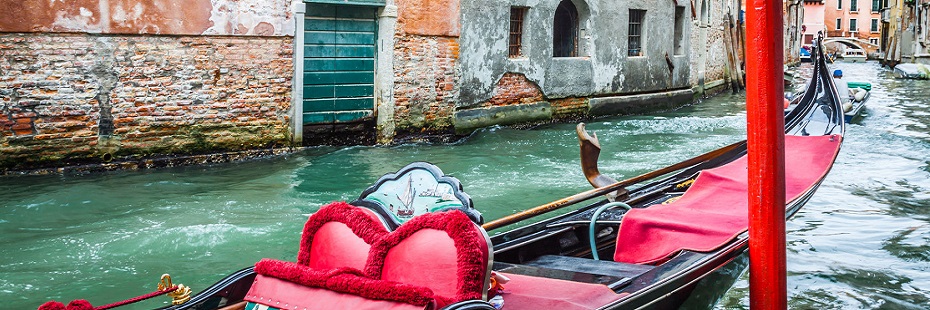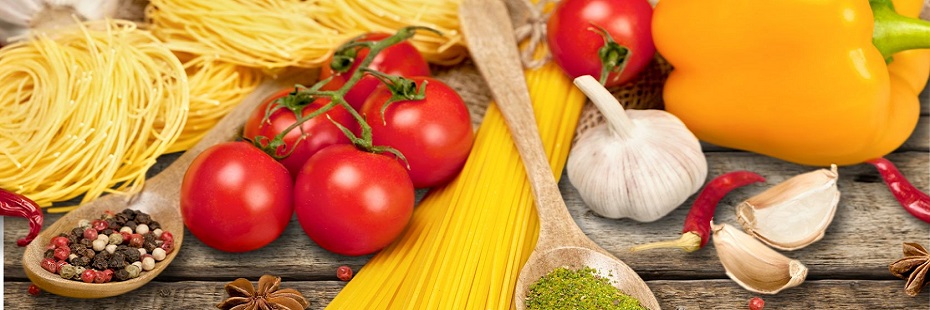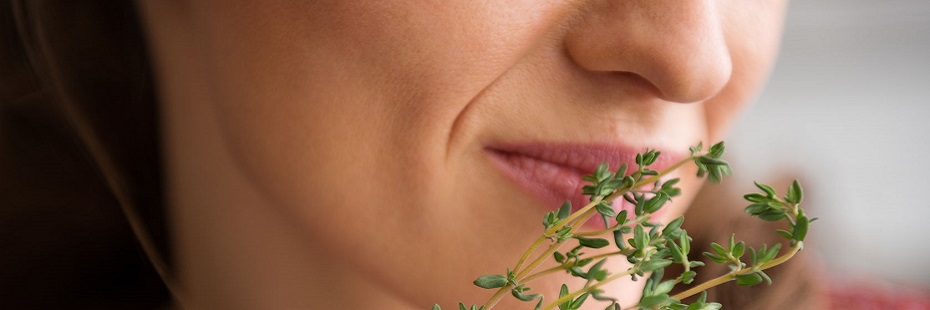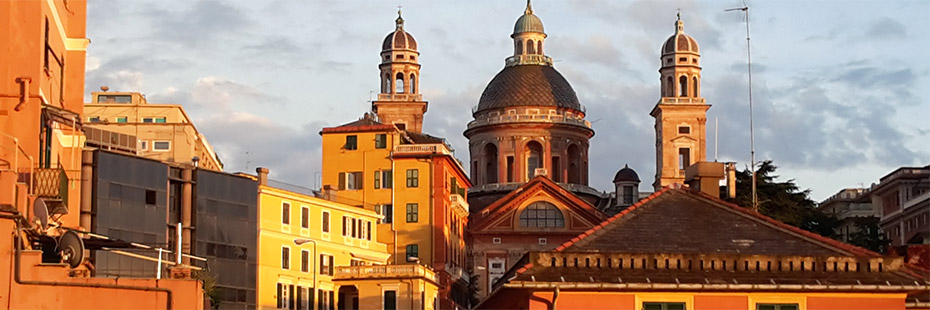La parola biografia viene dal greco bíos (βίος = "vita") e gráphein (γράφειν = "scrivere"). Molti autori amano scrivere biografie di personaggi storici e far si che i fatti e i documenti del passato diventino vivi. Per poterlo fare devono intraprendere un grande lavoro di ricerca per trovare documenti, fonti, informazioni corrette, aneddoti.
Ti piace conoscere la vita dei personaggi storici? |
The word biography comes from the Greek word bíos (βίος = "life") and gráphein (γράφειν = "to write"). Many authors love to write biographies of historical figures and make the facts and documents of the past come alive. In order to do so they have to undertake a great job of research to find documents, sources, correct information, anecdotes.
Do you like learning about the life of historical people? |
|---|

La vita segreta di Sofonisba Anguissola
Share this activity:
La scrittrice, artista e appassionata cultrice dell'italiano, Melissa Muldoon, ha recentemente pubblicato il libro The Secret Life of Sofonisba Anguissola che, ambientato nel sedicesimo secolo, racconta la storia della pittrice Sofonisba Anguissola. Per quei tempi, in cui le donne raramente potevano studiare o avevano indipendenza, Sofonisba è una donna veramente eccezionale. Vive del suo talento e della sua arte, amministra i suoi soldi e infine sposa l'uomo che ama. |
Writer, artist and passionate Italian enthusiast, Melissa Muldoon, has recently published the book The Secret Life of Sofonisba Anguissola which, set in the sixteenth century, tells the story of the painter Sofonisba Anguissola. For those times, when women could rarely study or had independence, Sofonisba is a truly exceptional woman. She lives off her talent and art, manages her money and finally marries the man she loves. |
|---|---|
Le informazioni storiche che abbiamo su Sofonisba Anguissola sono parziali e questo ha permesso alla scrittrice Melissa Muldoon di usare la sua creatività per riempire i vuoti di informazioni o fare collegamenti fra un fatto ed un altro. Con tante licenze creative! |
The historical information we have on Sofonisba Anguissola is partial and this has allowed the writer Melissa Muldoon to use her creativity to fill in information gaps or make connections between one fact and another. With many creative licenses! |

Asdrubale morso da un granchio, di Sofonisba Anguissola.
Gesso e matita su carta azzurra, circa 1554.
Museo di Capodimonte, Napoli
(immagine tratta da Wikipedia)
Osserva la spontaneità e naturalezza dell'opera Asdrubale morso da un granchio di Sofonisba Anguissola. E' uno dei pochi lavori che ci sono rimasti di lei e sappiamo che le ha procurato le attenzioni e le lodi di pittori famosi. Il grande Caravaggio si è ispirato a questo disegno di Sofonisba per il suo ragazzo morso dal ramarro.
Di seguito trovi un estratto del libro in cui Melissa Muldoon racconta proprio il momento in cui Sofonisba ha ritratto il bimbo del dipinto. La storia diventa viva!
Buona lettura! |
Observe the spontaneity and naturalness of the artwork Asdrubale morso da un granchio by Sofonisba Anguissola. It is one of the few works that we have left of her and we know that it has earned her the attention and praise of famous painters. The great Caravaggio was inspired by Sofonisba's drawing for his boy bitten by a lizard.
Below you will find an excerpt from the book in which Melissa Muldoon recounts the exact moment when Sofonisba portrayed the child in the painting. History comes alive!
Enjoy the reading! |
|---|---|
Libera traduzione di un estratto del libro di Melissa Muldoon The Secret Life of Sofonisba Anguissola: The most famous woman you've never heard of
Poiché il bambino si annoiava mentre ascoltava sua madre che contrattava con il pescatore il prezzo del merluzzo e delle sardine, si voltò e la guardò timidamente. La vista del bimbo ricordò a Sofonisba Asdrubale e, senza pensarci, gli fece una smorfia come avrebbe fatto se fosse stato davvero suo fratello. Immediatamente il giovane ragazzo nascose di nuovo il viso nelle gonne di sua madre. Infastidita dal giovane figlio che le tirava il vestito, la madre lo cercò con impazienza, gli afferrò la mano e lo tirò davanti a sé, ammonendolo di non toccare nulla. Lì, i suoi piccoli occhi si trovarono faccia a faccia con un tavolo pieno di granchi dimenanti. Il ragazzo guardò la madre, ma vedendo che lei non gli stava prestando attenzione, riportò la sua attenzione sui minuscoli artigli ondeggianti apparentemente innocui. Pensando che questa sarebbe stata un'immagine molto divertente da inviare a suo fratellino, Sofonisba posò il cesto di verdure ed erbe e tirò fuori l'album da disegno e il gessetto. Con abili tratti catturò il viso estasiato del ragazzo. Poi, con sua gioia e con l'orrore della madre del ragazzo, prima che qualcuno potesse fermarlo, la mano grassoccia del bimbo si avventurò un centimetro troppo in là, e uno dei granchi gli afferrò il dito. "Ahiiiiiiiiiiiiii!" Il suono dell'urlo del ragazzo aumentò tutto intorno. La madre, vedendo il viso contratto del figlio, lo spinse verso di sé, tentando di allentare le tenaglie pungenti del granchio. Ma una volta attaccato, il crostaceo si rifiutava ostinatamente di lasciarlo andare. Rapidamente, il corpulento pescatore entrò in azione e lavorò per districare la piccola creatura marina dal ditino. Nonostante il dolore del bambino, Sofonisba pensò che fosse una scena comica ed eseguì rapidamente una serie di disegni che descrivevano in dettaglio la miriade di espressioni facciali, che andavano dalla sorpresa allo shock, dall'incredulità al rimorso macchiato di lacrime. Una volta liberato dal suo piccolo aguzzino, il ragazzo continuò a piangere, ora a causa dei duri rimproveri della madre, di stare più attento e di non toccare cose che non avrebbe dovuto. Ma quando i suoi lamenti continuarono ad attirare gli sguardi curiosi dalla folla, la madre imbarazzata prese il bambino e lo portò via. "Cosa sta succedendo?" chiese Amilcare. "La curiosità del povero ragazzo ha avuto la meglio su di lui," disse Sofonisba con una risatina. Alzando il suo album da disegno, mostrò al padre i suoi schizzi. |
Excerpt from Melissa Muldoon's book The Secret Life of Sofonisba Anguissola: The most famous woman you've never heard of
When the toddler grew bored listening to his mother haggle with the fisherman over the price of cod and sardines, he turned and shyly looked at her. The sight of him reminded Sofonisba of Asdrubale, and without thinking, she made a face at him as she would have done if it had actually been her brother. Immediately the young tyke hid his face again in his mother’s skirts. Annoyed by her young son tugging on her dress, the mother impatiently reached around and grabbed the child’s hand and pulled him in front of her, admonishing him not to touch anything. There, his little peepers came face to face with a table full of wiggling crayfish. The boy glanced up at his mother, but seeing she was paying him no heed, returned his attention to the tiny, seemingly innocuous waving claws. Thinking this would make a very amusing picture to send to her little brother, Sofonisba set down her basket of vegetables and herbs and drew out her sketchbook and crayon. With deft strokes, she captured the boy’s enraptured face. Then, to her delight and the boy’s mother’s horror, before anyone could stop him, the little man’s plump hand ventured an inch too far, and one of the crabs grabbed hold of his finger. “Woooooaahhh!” The sound of the boy’s howl escalated around them. The mother, seeing her son’s puckered face, jerked him toward her, attempting to loosen the crayfish’s stinging pincers. But once attached, the crustacean stubbornly refused to let go. Quickly, the burly fisherman sprang into action and worked to extricate the little sea creature from his finger. Despite the child’s pain, Sofonisba thought it a comical scene and rapidly executed a series of drawings detailing the myriad of expressions—ranging from surprise to shock and disbelief to finally tear-stained remorse. Once free of his little tormentor, the boy continued to cry, now because of his mother’s harsh admonitions to be more careful and not touch things he shouldn’t. But when his wails continued drawing curious looks from the crowd, the embarrassed mother picked up her child and spirited him away. “What’s going on?” asked Amilcare. “Poor lad’s curiosity got the better of him,” Sofonisba said with a chuckle. Holding up her sketchbook, she showed her father her drawings. |

Sofonisba Anguissola, autoritratto, 1556, Lancut Museum, Polonia
(immagine tratta da Wikipedia)
 Self-Study Courses for independent students: available online 24 hours a day so you can log in and study anytime from anywhere. More...
Self-Study Courses for independent students: available online 24 hours a day so you can log in and study anytime from anywhere. More...
 Tutored Courses if you need a structured and guided study: learn with the guidance of a tutor, get written correction and personalized feedback. More...
Tutored Courses if you need a structured and guided study: learn with the guidance of a tutor, get written correction and personalized feedback. More...
 1to1 Private Lessons for a custom developed course conducted by a dedicated teacher via an interactive audio/video chat service. More...
1to1 Private Lessons for a custom developed course conducted by a dedicated teacher via an interactive audio/video chat service. More...
See full list of Activities
FREE: Join our student group on Facebook and follow us on Twitter







